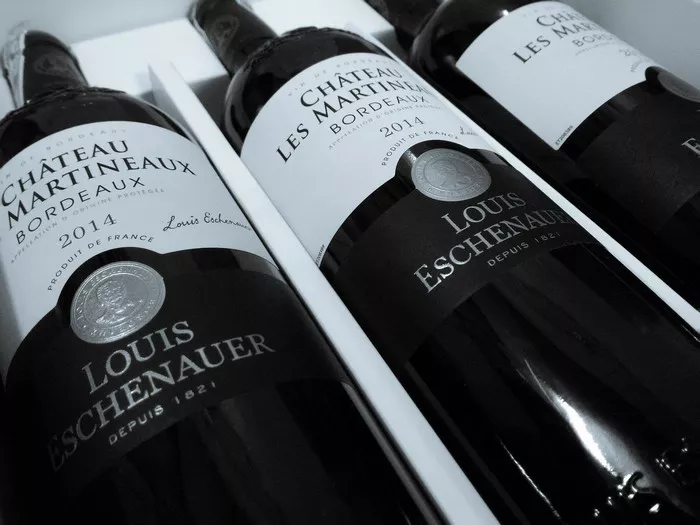Malbec, with its deep red hue and rich flavor profile, has gained popularity among wine enthusiasts worldwide. As one indulges in this exquisite wine, questions about its nutritional content often arise, particularly regarding calorie content. Understanding the caloric content of a glass of Malbec red wine is essential for those mindful of their dietary intake. Exploring the intricacies of its caloric makeup provides insight into enjoying this beverage while maintaining a balanced diet.
What Constitutes a Glass of Malbec Red Wine?
To comprehend the caloric content of Malbec wine, one must first define a standard serving size. A typical glass of wine measures around 5 ounces, containing approximately 125 calories. However, variations exist due to factors such as alcohol content, sweetness, and serving size. A standard 5-ounce pour of Malbec usually provides a general baseline for calorie estimation.
Understanding Caloric Composition
The calorie count in Malbec primarily stems from its alcohol and sugar content. Alcohol contains approximately 7 calories per gram, contributing significantly to the overall caloric value of wine. Meanwhile, residual sugars in wine, derived from the grapes used in fermentation, also add to its caloric content. However, Malbec tends to have lower residual sugar levels compared to sweeter wine varieties.
Calories in a Glass of Malbec Red Wine: Variability and Factors
The caloric count of a glass of Malbec red wine can vary based on several factors. Variations in alcohol content, residual sugar levels, and serving size significantly impact the overall calorie content. Furthermore, individual wineries and production methods can influence the nutritional makeup of the final product. However, on average, a 5-ounce glass of Malbec typically ranges between 120 to 130 calories.
Alcohol Content and Caloric Density
Alcohol content serves as a primary determinant of a wine’s caloric density. Malbec wines usually contain alcohol by volume (ABV) ranging from 13% to 15%. Higher alcohol content results in increased caloric density. Therefore, a glass of Malbec with higher ABV will likely contain more calories compared to a lower-alcohol counterpart.
Residual Sugar Levels and Caloric Impact
Residual sugar levels in wine contribute to its sweetness and caloric content. Malbec wines are known for their moderate to low residual sugar content, making them generally lower in calories compared to sweeter wine varietals. Wines with higher residual sugar, such as dessert wines, tend to have a higher calorie count per serving.
Serving Size Considerations
Understanding serving sizes is crucial when evaluating caloric intake. A standard serving of wine is 5 ounces, containing approximately 125 calories. Larger pour sizes result in increased caloric intake. For instance, an 8-ounce pour of Malbec would contain approximately 200 calories, significantly more than a standard 5-ounce serving.
Calories and Health Considerations
While Malbec red wine offers a delightful sensory experience, it’s essential to consider its caloric impact concerning overall health. Moderate wine consumption, including Malbec, can be part of a balanced diet. However, excessive intake can contribute to increased calorie consumption, potentially leading to weight gain or other health issues.
Balancing Enjoyment and Moderation
Enjoying a glass of Malbec red wine in moderation can align with a healthy lifestyle. The key lies in mindful consumption and being aware of one’s dietary requirements. Incorporating a glass of wine into a balanced diet without exceeding daily caloric limits can be a part of a healthy lifestyle for many individuals.
Nutritional Information Beyond Calories
Apart from calorie content, Malbec red wine offers certain nutritional benefits. Red wines, including Malbec, contain antioxidants like resveratrol, linked to potential health benefits such as improved heart health. While these antioxidants offer potential advantages, they should not serve as a justification for excessive wine consumption due to the associated alcohol content.
Making Informed Choices
When selecting Malbec or any wine, understanding its caloric content can aid in making informed choices. Opting for lower-alcohol or dryer wine varieties can contribute to reduced calorie intake while still enjoying the flavors and aromas characteristic of Malbec.
Conclusion
In conclusion, the caloric content of a glass of Malbec red wine varies based on factors such as alcohol content, residual sugar levels, and serving size. A standard 5-ounce pour generally contains around 120 to 130 calories. Understanding these factors enables individuals to enjoy Malbec wine in moderation as part of a balanced diet. Mindful consumption, along with an awareness of nutritional information, allows wine enthusiasts to savor the pleasures of Malbec while maintaining a healthy lifestyle.


